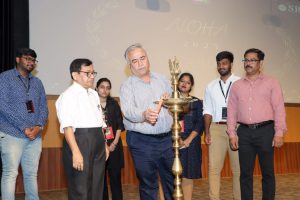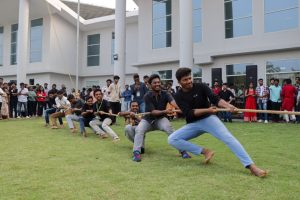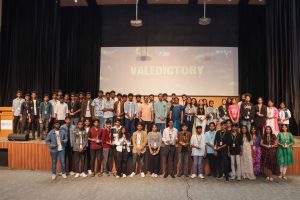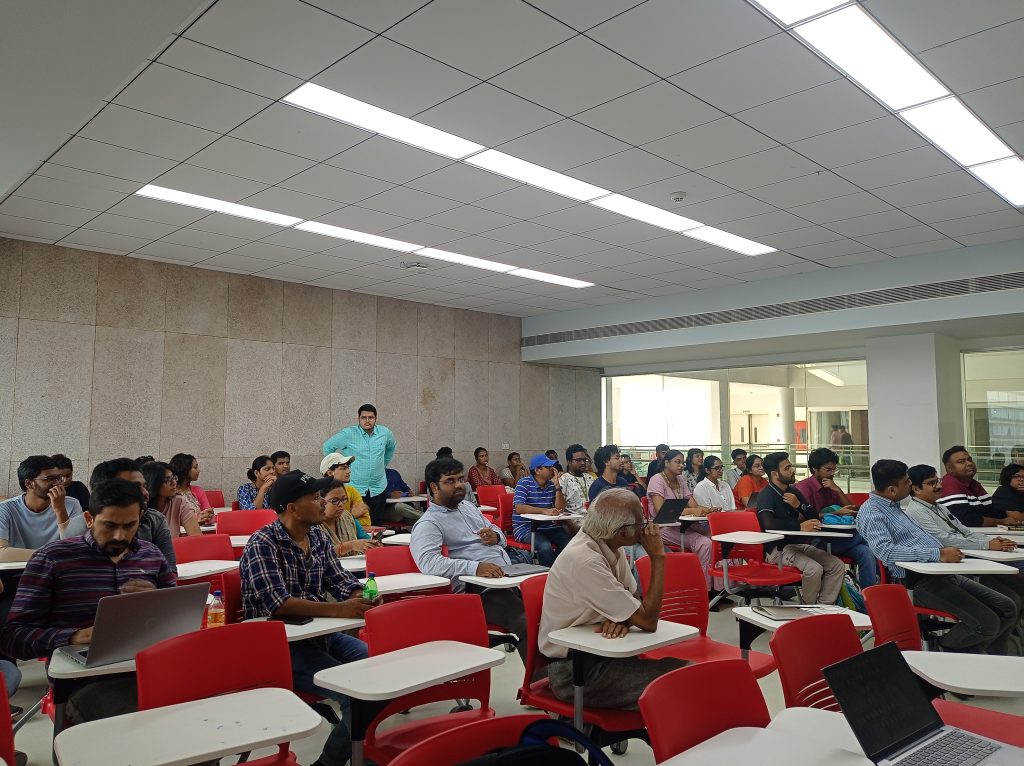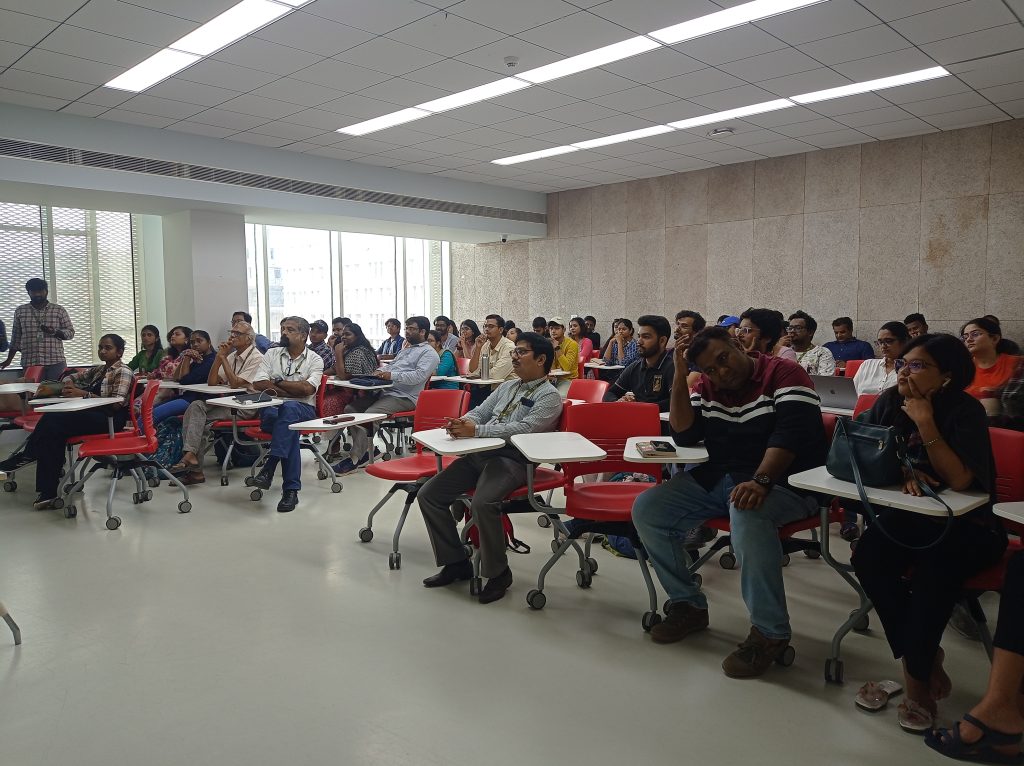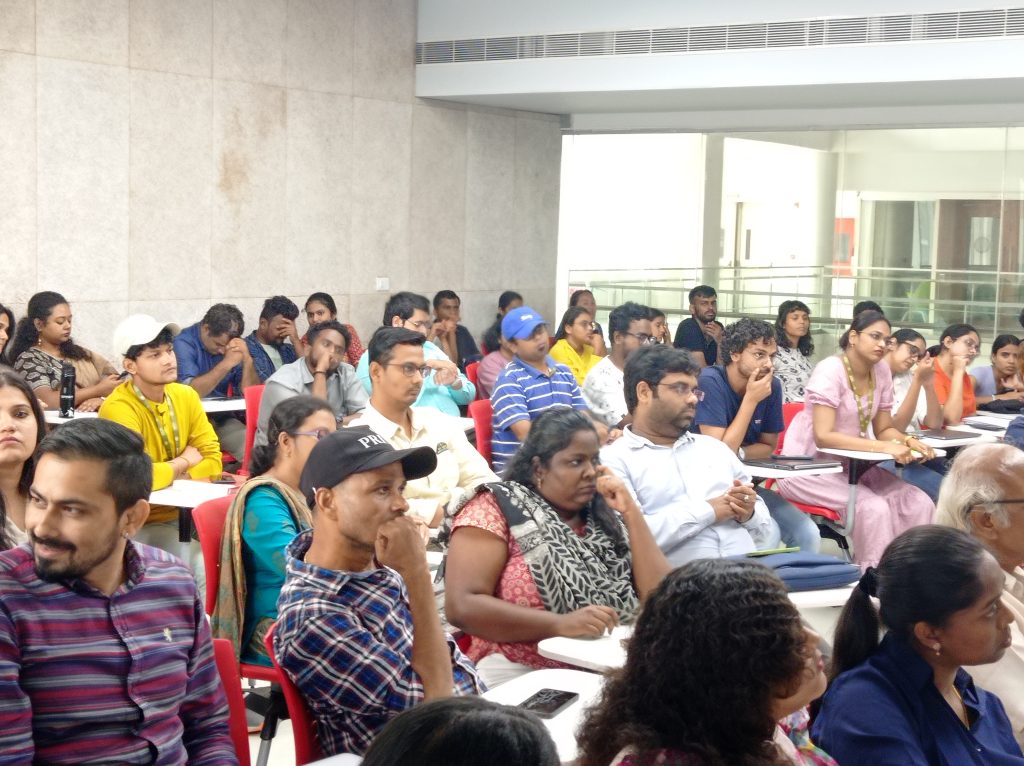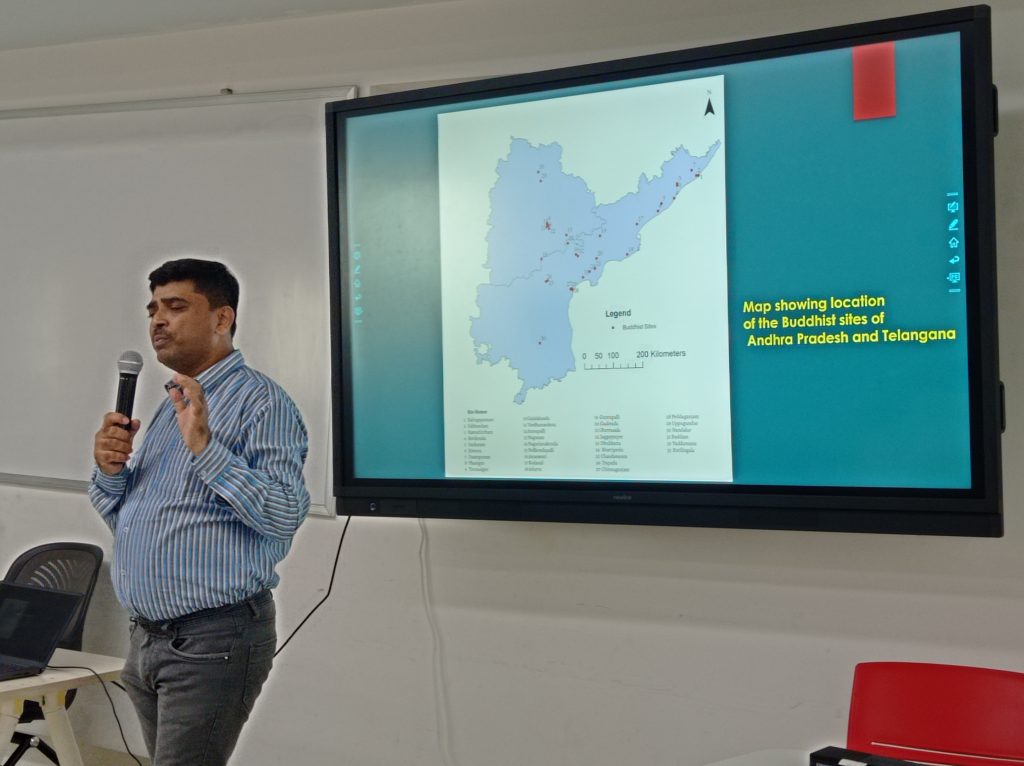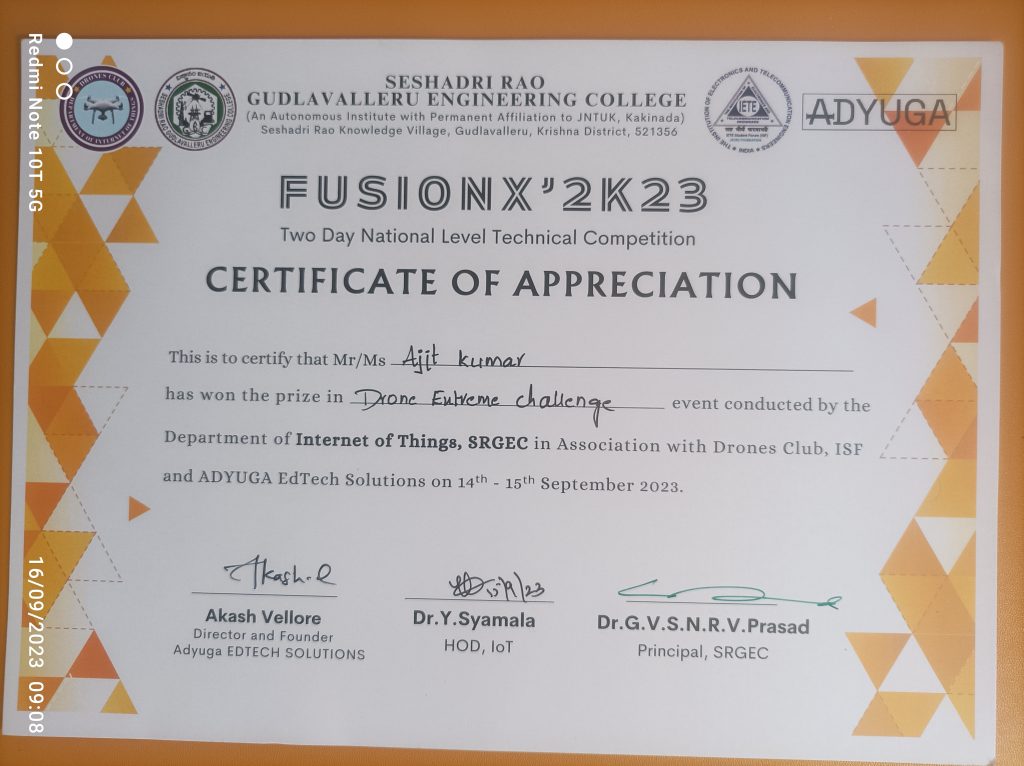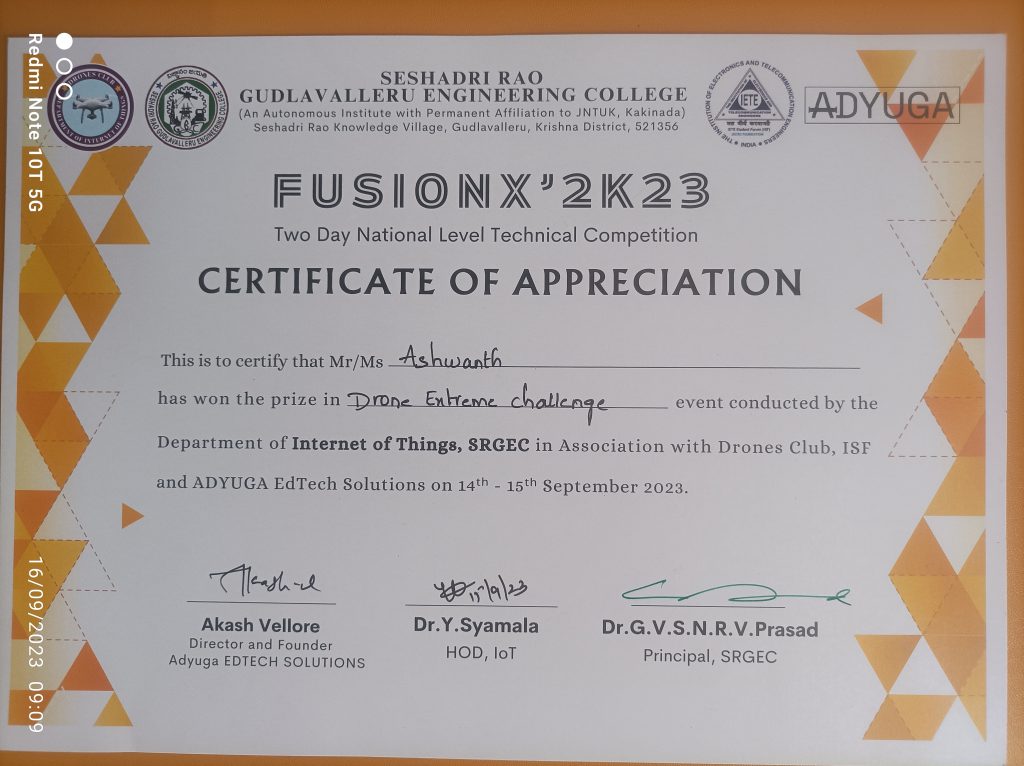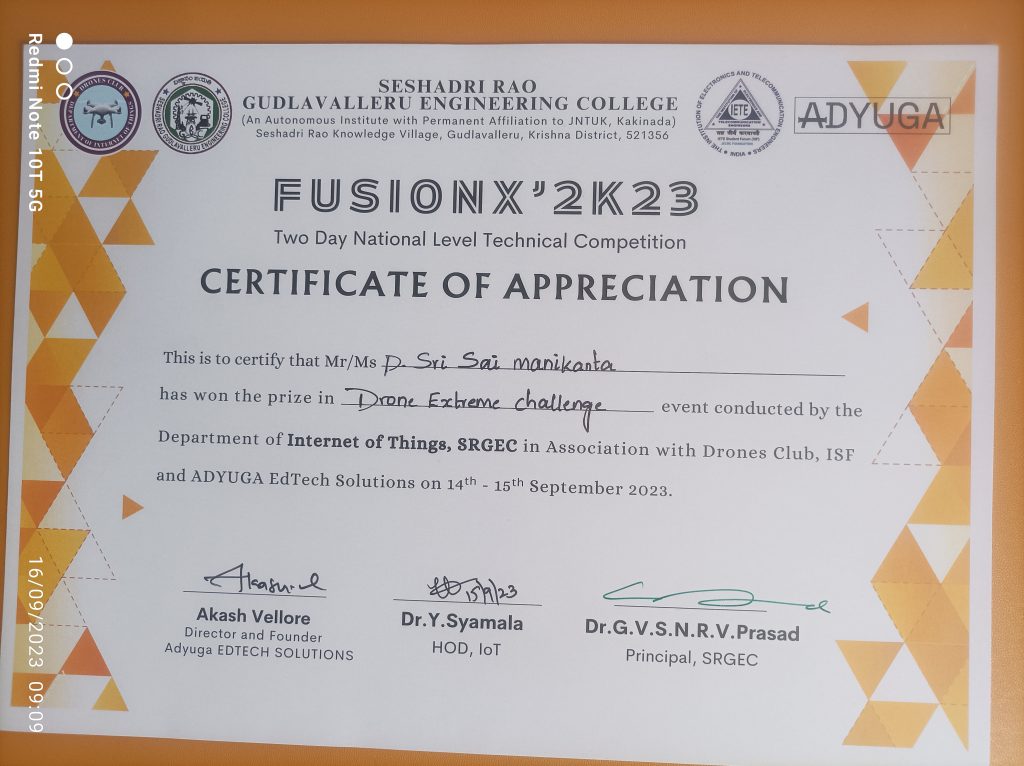ALOHA 2023: The Party of The Year Concludes With a Bang
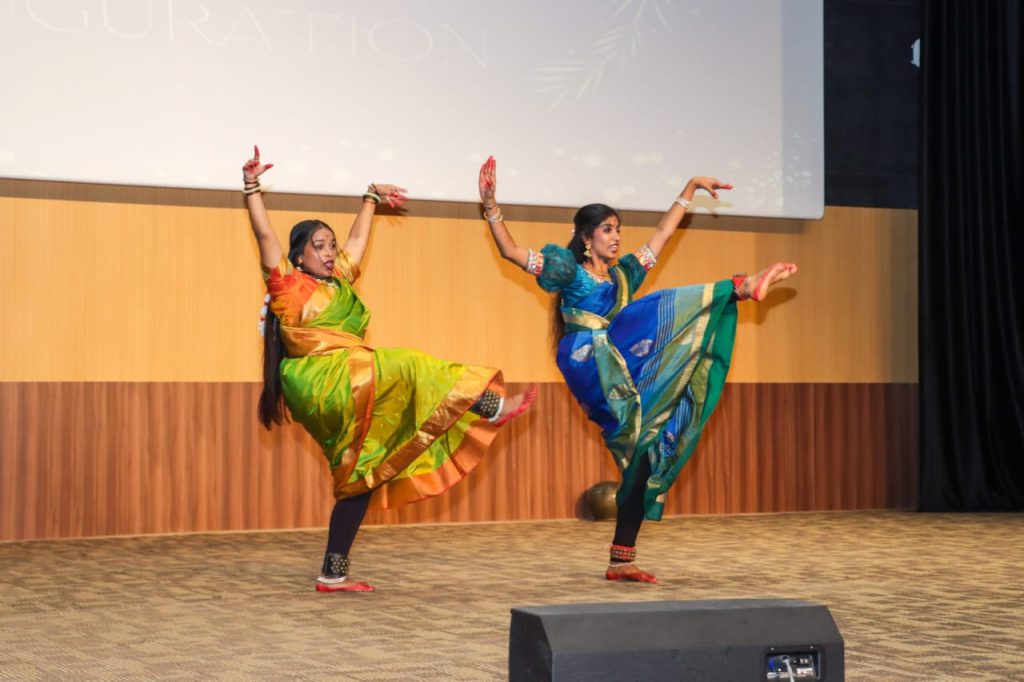
SRM University-AP successfully concludes its Freshers’ Party of the year, ALOHA 2023, with extravagance. The two-day freshers’ event was inaugurated by Vice Chancellor, Prof. Manoj K Arora on October 13, 2023, in the presence of Director of Student Affairs, Mr Anil Kumar Nigam, Asst. Director of Student Affairs, Ms Revathi Balakrishnan, Visiting Professor-Paari School of Business, Prof. Prabal K Sen, and the President and Vice President of the Student Council.
“The word ‘Aloha’ embodies compassion and kindness. We welcome you to your second home, SRM University-AP where we will nurture you to be holistic individuals throughout your academic journey” stated Prof. Arora in his inaugural address. The Director of Student Affairs welcomed the freshers into the academic and social community of the university. “SRM University-AP is a place for creating friendships, exploring your potential and being the best version of yourself!” Mr Nigam addressed the freshers.
ALOHA featured a Mr and Ms Freshers’ Contest that witnessed a spectacular display of talent by the students of SRM University-AP. Dhruv Narayan Bajaj and Vaishnavi Kasturi were crowned as the Mr and Ms Fresher of 2023, respectively. Various creative club activities and competitions from photography to dance and music, to anime quiz and cubing, and traditional games such as tug-of-war and Dahi Handi are some of the innumerable activities conducted as part of the freshers’ programme. The event successfully concluded with an exclusive DJ party featuring Project 91, Prithvi Sai and international artist DJ Pozitiva.
- Published in News, student affairs news, University Event
Discourse on Buddhism provides Valuable Insights
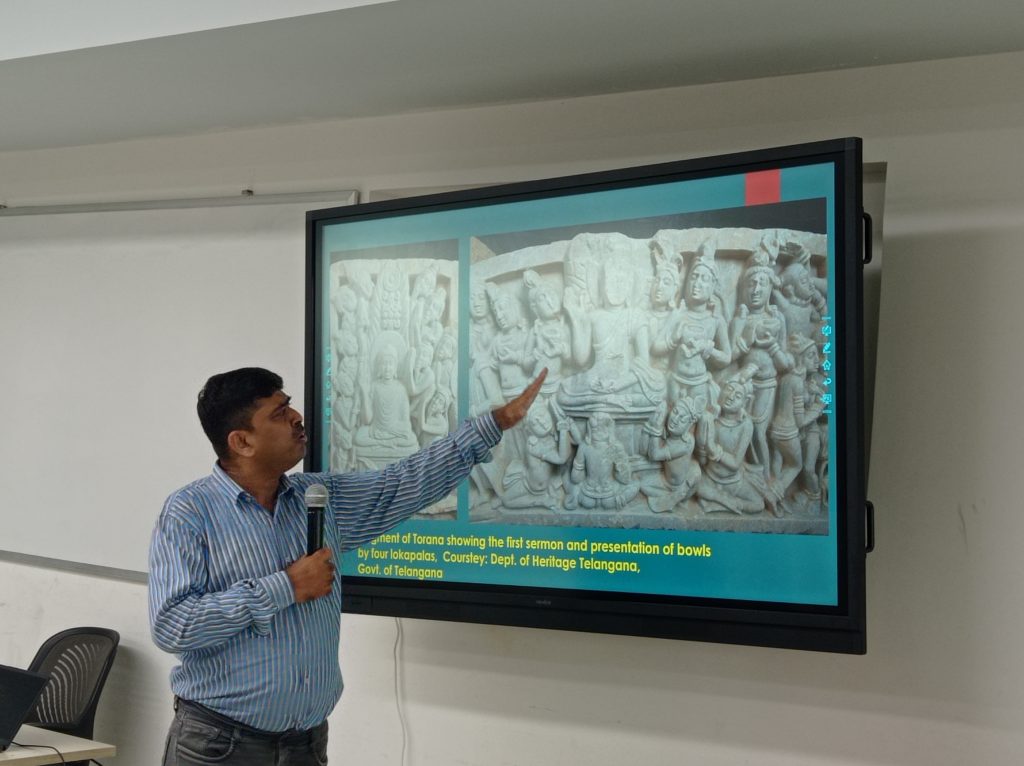
Dr Shrikant Ganvir, Assistant Professor in Ancient Indian History, Culture, and Archaeology from Deccan College Post Graduate Research Institute, Pune, delivered an invigorating session organised by the Department of History at SRM University-AP on October 11, 2023. Dr Ganvir’s session dealt with Buddhist studies, particularly of the Andhra region, and he has extensively worked on sites like Phanigiri, Salihundam, Amaravati, Guntapalli, and likewise.
Dr. Ganvir specialises in Buddhist art, architecture, and iconography. His area of expertise includes the religious history of Deccan, the history of Buddhism in South Asia, the rock-cut architecture of the Deccan, the religious imagery of ancient India, and the archaeology of religions. His broad knowledge in these fields allowed him to share enlightening insights with his audience.
- Published in Departmental News, History Current Happenings, History News, News
Unlocking Opportunities: A Glance at Education Expo 2023
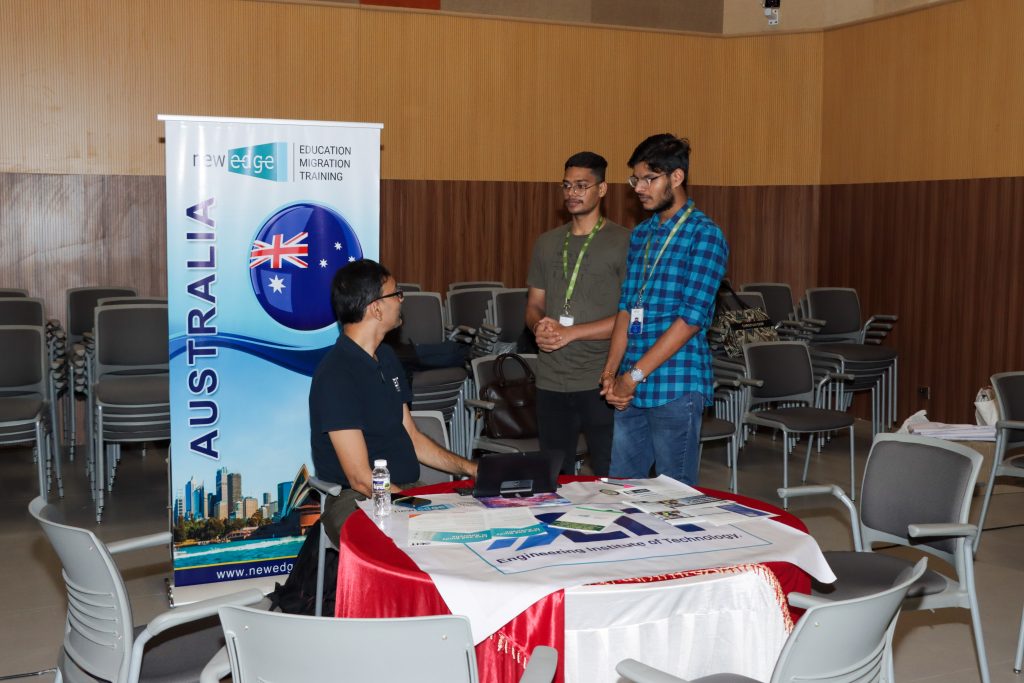
The Directorate of International Relations & Higher Studies (IR&HS) hosted the Education Fair on Wednesday, October 11, 2023, to provide meticulous guidance on higher education in universities and programmes across the globe. The event featured major universities from USA and UK, including the University of Missouri St Louis, USA, University of Greenwich, UK; Coventry University, UK; California State University, USA; York University, Canada and many more.
The event provided students with a compass for their educational journey. Expert advisors and counsellors offered insights into courses for higher studies, and scholarships, and guided them toward the right choices for their future. From business and engineering to arts and sciences, the expo showcased the diversity of worldwide educational opportunities.
The SRM University-AP’s education fair was a source of inspiration for students, motivating them to dream big and aim high. The education expo was more than just an event; it promised a brighter future, a world of opportunities, and a global perspective on education.
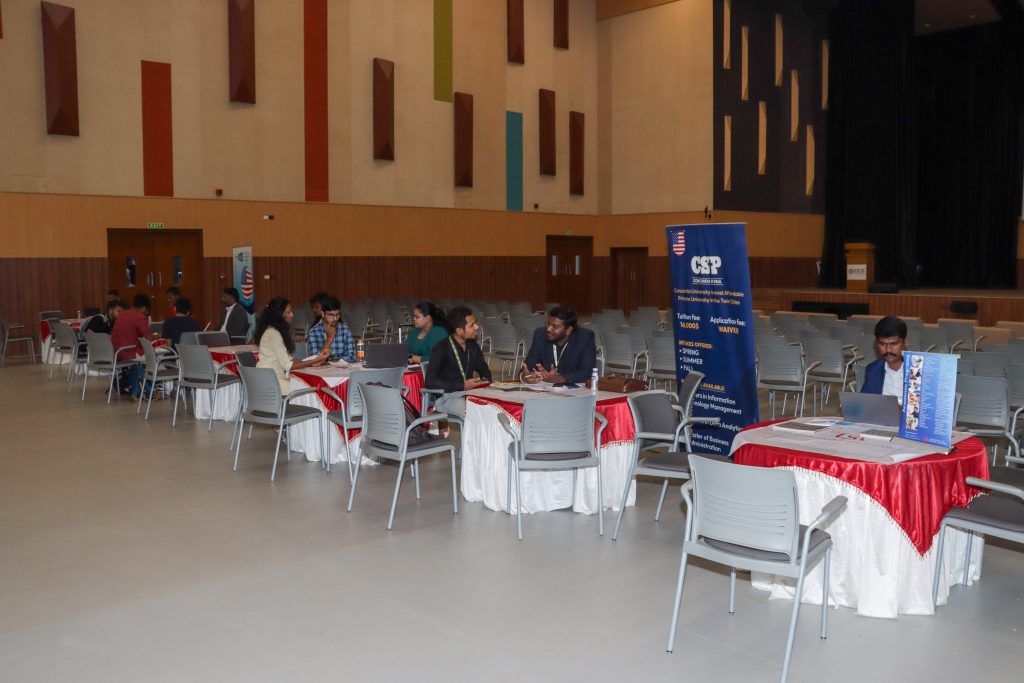
- Published in Departmental News, International Relations, IR-News, News
SRM University-AP Shines at FUSIONX-2023
The second-year BTech team of SRM University-AP achieved remarkable success at the prestigious National Level Technical Competition FUSIONX-2023. The two-day event was held at S R Gudlavelluru Engineering College (SRGEC), where our team’s exceptional skills and knowledge earned them well-deserved laurels. It is a testament to our students and faculty’s hard work and dedication!
Three of our students, Mr Sri Sai Manikanta, Mr Ashwanth, and Mr Ajit Kumar, were victorious in the Drone Extreme Challenge and received a cash prize of Rs. 2500. This technical event was held on September 14 and 15, 2023, and was organised by the Department of the Internet of Things (IoT) at SRGEC in collaboration with the Drone Club, ISF and ADYUGA EdTech Solutions.
Hearty congratulations to the champions on this noteworthy accomplishment!
- Published in Departmental News, ECE NEWS, News, Students Achievements


